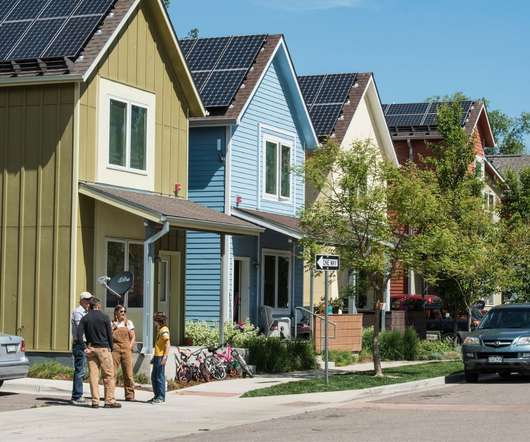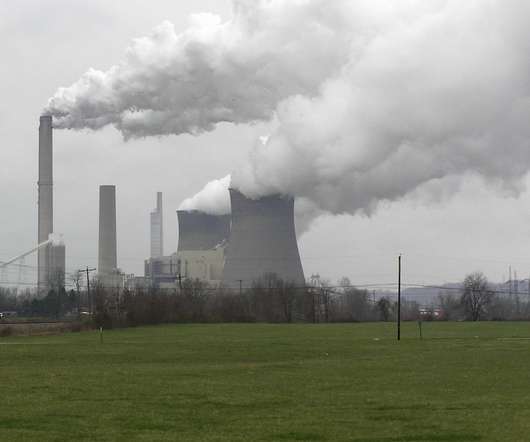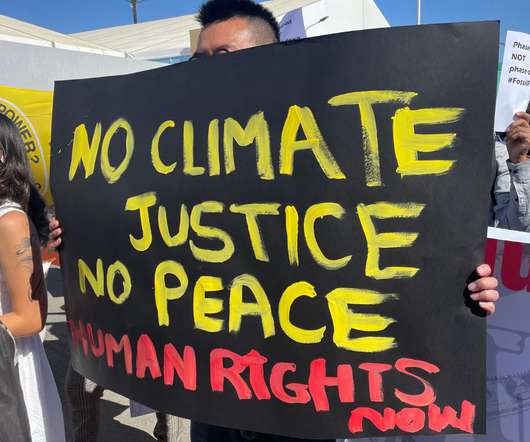A 100% Renewable Energy Future is Possible, and We Need It
Union of Concerned Scientists
APRIL 19, 2022
A transition to renewable energy is not just one of the most consequential tools at our fingertips to act on climate, but also represents a great opportunity to increase control over our energy choices, improve the health of our communities and the planet, create jobs and wealth, and much more. by 2035 is needed.


















Let's personalize your content